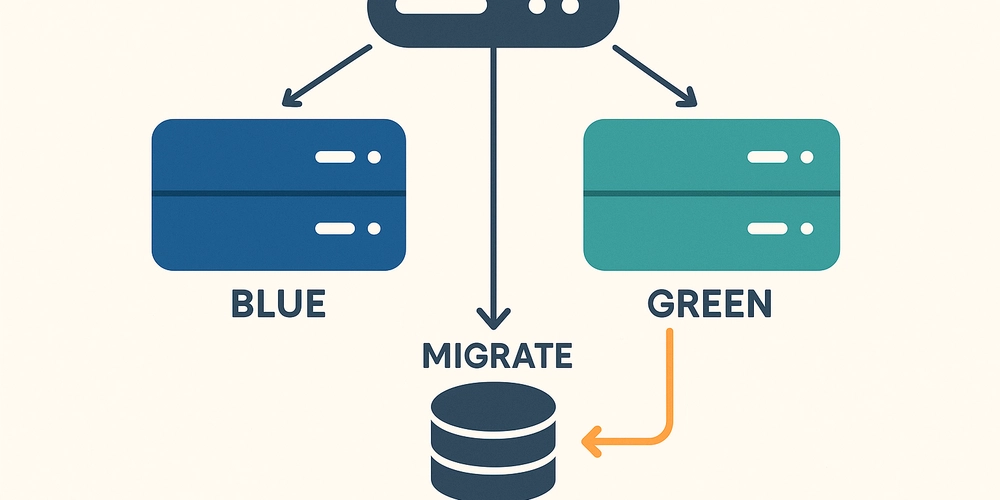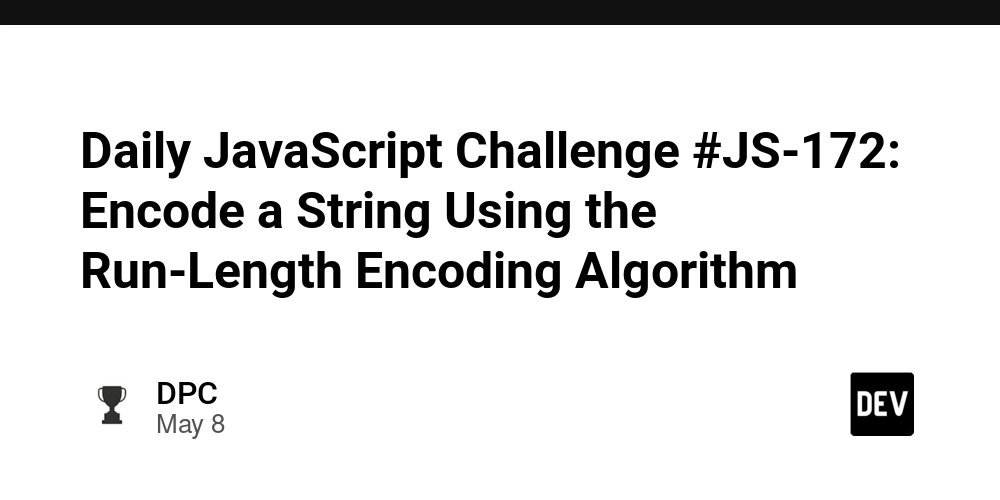Hot Take: Systems Design is the Unsung Hero of AI Engineering
I’ve just cracked open the first three chapters of AI Engineering by Chip Huyen — and y’all, I’m obsessed. This book doesn’t waste time with fluff. Instead, it gets straight to the heart of what it takes to build robust, scalable, and reliable AI systems. And my hot take so far? Systems design is about to have a major glow-up in the world of AI. Understanding AI Engineering What I’ve read so far dives deep into foundational models, how to evaluate them, and Retrieval-Augmented Generation (RAG). The clarity with which these topics are explained makes them feel approachable. It’s not just theory — it’s engineering, which means practical, buildable, scalable ideas. Chip does a phenomenal job contextualizing how the foundational shift from model-centric AI to system-centric AI impacts everything from team workflows to real-world deployments. The Role of Systems Design in AI Engineering As someone who builds things for a living, I couldn’t help but feel validated reading this. Systems design isn’t just some checkbox in your interview prep anymore — it’s the bedrock of successful AI deployment. The way data flows, the reliability of infrastructure, the monitoring and retraining loops — all of it matters more as we push toward real-world applications of large models. If you’ve ever wrestled with production-grade ML systems, you’ll know it’s not about chasing the latest SOTA model. It’s about keeping your system running through updates, data shifts, and scale. These early chapters already hint that this book will equip you with the mindset and patterns to do just that. Challenges and Limitations (So Far) Again, I’ve only read the first three chapters, so this isn’t a full review. But if there’s one challenge I see ahead, it’s this: translating system design wisdom into org-wide practices will require not just tooling, but culture change. That’s a big lift. I’m curious to see how the rest of the book handles that. Resources for the Curious If this post piqued your interest, here are a few more must-reads: AI Engineering by Chip Huyen Designing Data-Intensive Applications by Martin Kleppmann Final Thoughts If you’re an engineer, PM, or founder trying to make sense of AI in production, this book is shaping up to be essential reading. And if you’re already obsessed with the intersection of software engineering and AI? Welcome to the club. ☕ Loved this post? Help me write more by buying me a coffee!

I’ve just cracked open the first three chapters of AI Engineering by Chip Huyen — and y’all, I’m obsessed. This book doesn’t waste time with fluff. Instead, it gets straight to the heart of what it takes to build robust, scalable, and reliable AI systems. And my hot take so far? Systems design is about to have a major glow-up in the world of AI.
Understanding AI Engineering
What I’ve read so far dives deep into foundational models, how to evaluate them, and Retrieval-Augmented Generation (RAG). The clarity with which these topics are explained makes them feel approachable. It’s not just theory — it’s engineering, which means practical, buildable, scalable ideas. Chip does a phenomenal job contextualizing how the foundational shift from model-centric AI to system-centric AI impacts everything from team workflows to real-world deployments.
The Role of Systems Design in AI Engineering
As someone who builds things for a living, I couldn’t help but feel validated reading this. Systems design isn’t just some checkbox in your interview prep anymore — it’s the bedrock of successful AI deployment. The way data flows, the reliability of infrastructure, the monitoring and retraining loops — all of it matters more as we push toward real-world applications of large models.
If you’ve ever wrestled with production-grade ML systems, you’ll know it’s not about chasing the latest SOTA model. It’s about keeping your system running through updates, data shifts, and scale. These early chapters already hint that this book will equip you with the mindset and patterns to do just that.
Challenges and Limitations (So Far)
Again, I’ve only read the first three chapters, so this isn’t a full review. But if there’s one challenge I see ahead, it’s this: translating system design wisdom into org-wide practices will require not just tooling, but culture change. That’s a big lift. I’m curious to see how the rest of the book handles that.
Resources for the Curious
If this post piqued your interest, here are a few more must-reads:
- AI Engineering by Chip Huyen
- Designing Data-Intensive Applications by Martin Kleppmann
Final Thoughts
If you’re an engineer, PM, or founder trying to make sense of AI in production, this book is shaping up to be essential reading. And if you’re already obsessed with the intersection of software engineering and AI? Welcome to the club.
☕ Loved this post? Help me write more by buying me a coffee!










































































































































































![[The AI Show Episode 146]: Rise of “AI-First” Companies, AI Job Disruption, GPT-4o Update Gets Rolled Back, How Big Consulting Firms Use AI, and Meta AI App](https://www.marketingaiinstitute.com/hubfs/ep%20146%20cover.png)










































































































































































.png?width=1920&height=1920&fit=bounds&quality=70&format=jpg&auto=webp#)































































































_Aleksey_Funtap_Alamy.jpg?width=1280&auto=webp&quality=80&disable=upscale#)
_Sergey_Tarasov_Alamy.jpg?width=1280&auto=webp&quality=80&disable=upscale#)















































































































![Apple Foldable iPhone to Feature New Display Tech, 19% Thinner Panel [Rumor]](https://www.iclarified.com/images/news/97271/97271/97271-640.jpg)
![Apple Developing New Chips for Smart Glasses, Macs, AI Servers [Report]](https://www.iclarified.com/images/news/97269/97269/97269-640.jpg)
![Apple Shares New Mother's Day Ad: 'A Gift for Mom' [Video]](https://www.iclarified.com/images/news/97267/97267/97267-640.jpg)
![Apple Shares Official Trailer for 'Stick' Starring Owen Wilson [Video]](https://www.iclarified.com/images/news/97264/97264/97264-640.jpg)



































































































